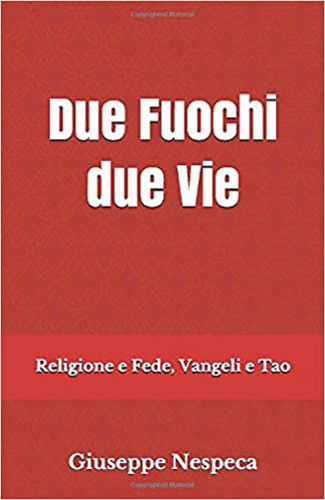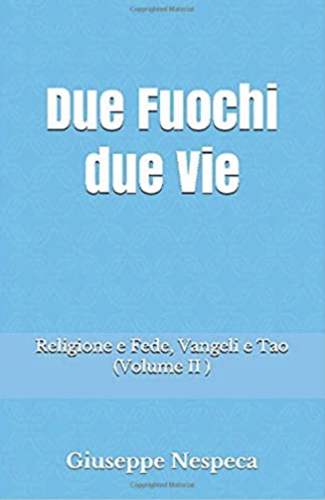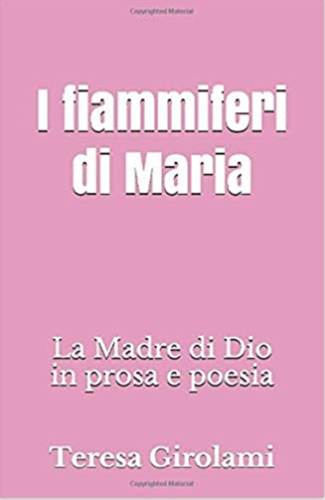Francis, a disciple of Jesus, kept away from his life the hypocrisy of the Pharisees, the preoccupation with appearances on the outside without caring about the greed rooted in his heart.
He, who had married Our Lady Poverty, was happy to give to his neighbour and for him all was world.
In this sense the Sources come to our aid, which admirably illustrate what dwelt within the Servant of God.
"Francis, the Poor Man of Christ, while on his way from Rieti to Siena for the cure of his eyes, was crossing the plain near Rocca Campiglia, in the company of a doctor fond of the Order.
And three poor women appeared along the road as the Saint passed by. They were so similar in stature, in age, in appearance, that you would have called them three copies modelled on a single mould.
When Francis was near, they, bowing their heads reverently, addressed this singular greeting to him:
"Welcome, Lady Poverty!"
The Saint was immediately filled with unspeakable joy, for there was no greeting more pleasing to him than the one they had addressed to him.
Thinking at first that the women were really poor, he turned to the doctor who accompanied him:
"Please, for the love of God, let me give something to those poor women.
The man was very quick to take out his bag and, leaping from the saddle, gave each one a few coins.
They rode on a little further along the road they had taken, when all of a sudden, looking around, the friar and the doctor saw no shadow of women in the whole plain.
Greatly astonished, they added this fact to the wonders of the Lord, for evidently it could not have been women, those who had flown away more swiftly than birds" (FF 680). Further, we read:
"His charity extended with a brother's heart not only to men in need but also to animals [...].
He had, however, a special tenderness for lambs, because in Scripture Jesus Christ is often and rightly compared for his humility to the meek lamb' (FF 455).
Free from formalism, the Poor Man of Christ when he came across lambs that were being led to slaughter would buy them in order to save them.
He gave as alms what he had received in his heart from his God: compassion.
And Jesus' warning was not directed at them:
«Now you Pharisees clean the outside of the cup and tray, but your inside is full of robbery and wickedness» (Lk 11:39).
This admonition concerns rather those who take glory from one another, neglecting that which pleases God: to give in alms what has been given to us.
For he who is pure everything is pure.
Tuesday 28th wk. in O.T. (Lk 11,37-41)












